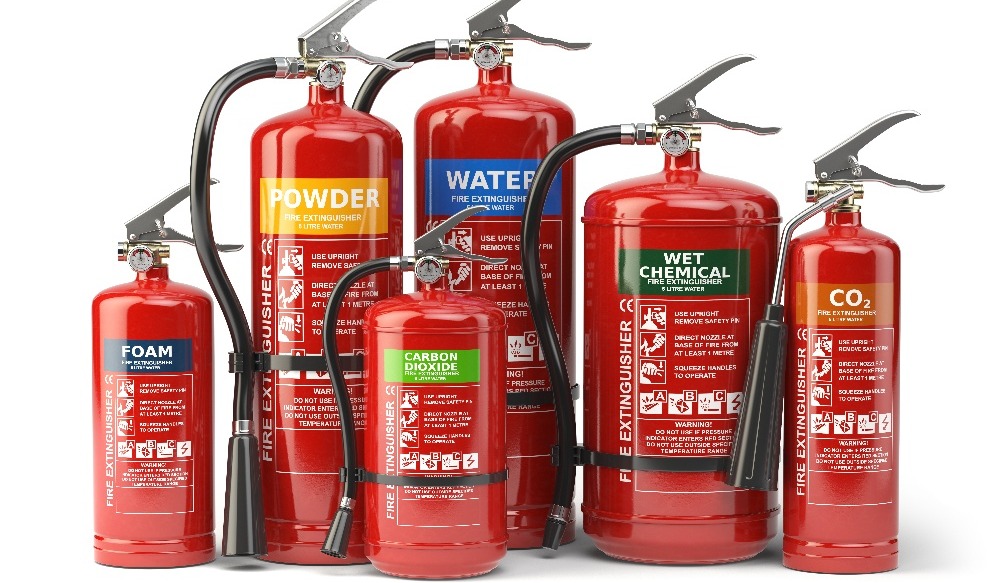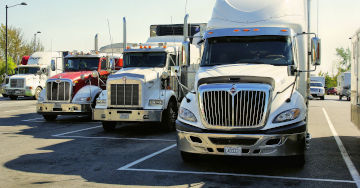Work-related vehicle accidents are a major concern for millions of employees who drive or ride as part of their job. In the United States, these crashes are the number one cause of fatalities in the workplace. Regardless of the type of vehicle driven all workers face the risk of motor vehicle accidents.
Ensuring the safety of commercial drivers and their vehicles is a vital aspect of Risk Management for any company that operates commercial vehicles.
A comprehensive approach to safety requires a dual strategy. One focuses on the driver's background and behavior, while the other prioritizes the upkeep and security of the vehicle.
Properly vetting drivers
Properly vetting drivers is the first step in ensuring the safety of commercial vehicles and the public. To properly vet drivers, the following steps can be taken:
- Conduct a background check: This includes checking the driver's driving history, criminal record, and any prior motor vehicle violations.
- Side Note: Have the driver sign a release form for you to pull their Motor Vehicle Records (MVR). MVRs are personal information and are protected.
- Verify the driver's license: Make sure the driver has a valid driver's license and that it is in good standing.
- Assess the driver's driving skills: This can be done through a driving test or through a review of previous employment records.
- Check references: Contact previous employers to verify the driver's safety record and driving skills.
- Monitor the driver's performance: Implement regular performance reviews to monitor the driver's safety record and to address any issues that may arise.
- If the driver will be driving a Semi Truck with a trailer:
- Evaluate the driver's medical fitness: Drivers must be physically fit to operate certain commercial vehicles. In these cases, they must pass a DOT medical exam.
- Verify the driver has a “C” class license that is in good standing.
Safety Inspections
Next, it is necessary to properly inspect all vehicles. Here are some important aspects to consider when inspecting a commercial vehicle:
- Tires: Check the tire tread depth, tire pressure, and overall condition of the tires. Tires should be in good condition and properly inflated to ensure safe handling and braking.
- Brakes: Inspect the brake pads, rotors, and calipers to ensure that they are functioning properly. Check the brake fluid levels and top off as needed.
- Lights: Verify that all lights, including headlights, taillights, turn signals, and brake lights, are functioning properly.
- Steering and suspension: Check the steering system for leaks and wear and inspect the suspension for any signs of damage or wear.
- Engine and transmission: Check the engine oil and transmission fluid levels and top off as needed. Inspect hoses and belts for signs of wear or damage.
- Body and frame: Inspect the body and frame of the vehicle for any signs of rust, corrosion, or damage.
It is recommended to conduct regular safety inspections of commercial vehicles at least once every three months, or more frequently if the vehicle is used frequently or has high mileage.
In addition to these measures, commercial drivers and companies should always be aware of and follow the federal and state safety regulations. They should also have safety policies and procedures in place that all drivers must follow, including rules for defensive driving, speed limits, and other safe driving practices.
For more resources on fleet safety and to discuss your commercial auto insurance policy, contact one of our knowledgeable agents.



